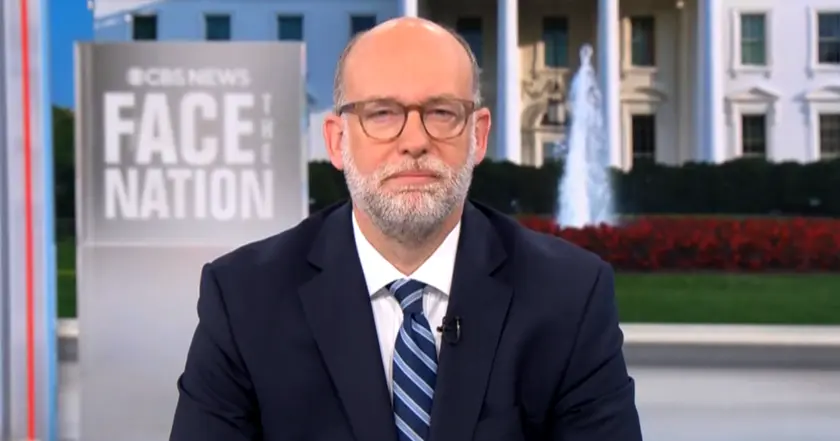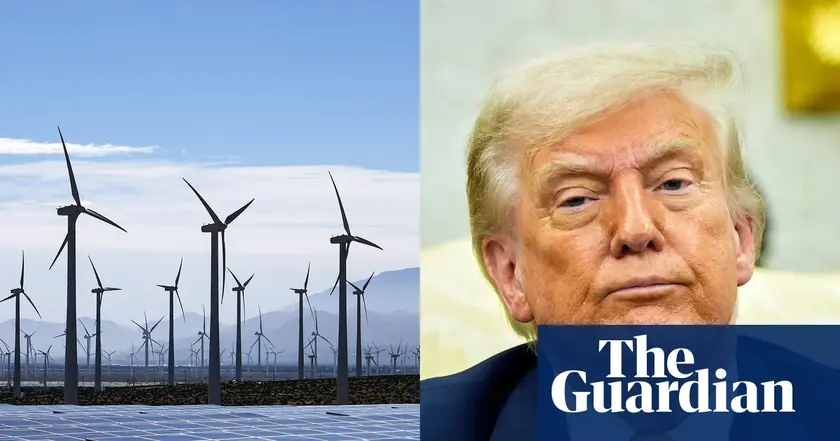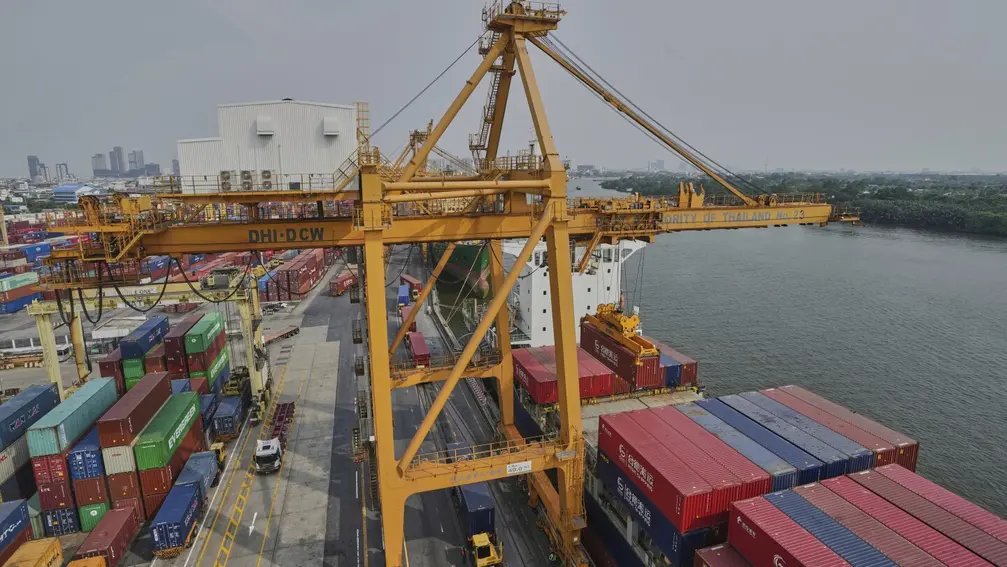T4K3.news
Vietnam sets course for economic overhaul
Vietnam outlines a wide reform program to become Asia’s next tiger economy by 2045, with private-led growth, major infrastructure, and new financial hubs.

Vietnam rolls out a sweeping reform plan to lift growth and reshape its economy by 2045.
Vietnam aims to become an Asian tiger economy
In Hanoi, Communist Party chief To Lam announced a broad push for a new era of development, signaling Vietnam’s bid to become Asia’s next tiger economy by 2045. The plan centers on private sector leadership, targeted tax breaks, and a push to modernize institutions, as well as ambitious infrastructure projects like a $67 billion North–South high-speed railway and new financial centers in Ho Chi Minh City and Danang. Ministries will be merged and provincial governance streamlined to create stronger regional hubs.
Key Takeaways
"It’s all hands on deck. We can’t waste time anymore."
Mimi Vu on the urgency of reforms
"As long as they’re in the same zone, in the same ballpark, I think Vietnam can live with that outcome."
Daniel Kritenbrink on tariff negotiations
"If the whole world will decide it’s a priority, it can go very fast."
Bruno Jaspaert on climate adaptation
"Healthy aging will offset labor gaps and boost independence."
Teerawichitchainan Bussarawan on demographics
The reform agenda aims to move Vietnam beyond a low-cost export model. It calls for investment in high-tech sectors such as semiconductors, artificial intelligence, and renewable energy while strengthening social protections as the workforce ages. The country also seeks to attract private investment and develop national champions that compete globally, a shift from decades of state-led growth. Yet the path is knotty: political resistance from within the Communist Party, limited access to finance for private firms, and the need to balance rapid growth with climate adaptation and social protections.
Highlights
- Private firms must lead or risk stalling growth
- Climate risk will rewrite business rules
- Vietnam bets on tech and finance to stay ahead
Political and budget risk to reform drive
The push to shift toward private-led growth faces internal political resistance and requires significant budget for incentives and infrastructure. Climate adaptation adds cost and urgency, while social protections must scale with an aging population.
Ambition faces real tests as reform unfolds.
Enjoyed this? Let your friends know!
Related News

Record Spending Defines a High Stakes Premier League Season

Russell Vought discusses Federal Reserve and funding issues

Trump continues anti-renewable stance in Scotland

U.S. Tariff Strategy Discussed on Face the Nation

Trump expands DC authority amid Gaza journalist deaths

Jerome Powell's remarks will influence market expectations

Countries react to Trump's new tariffs

Rachel Reeves under pressure to raise taxes
